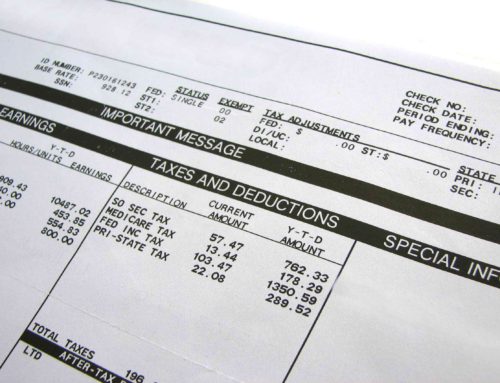You’ve probably been hearing the term “gig economy” a lot recently. In this post, I talk about how you can join this movement to help twist the throttle on your journey to FI.
There’s a movement in our society that’s shucking the traditional husk of the 9 to 5 job. It’s the gig economy. This refers to the trend in work we’re seeing where more people are choosing to work flexible “gigs” than sign up for traditional full-time jobs. A gig is essentially temporary or contract work. It can be general work or some area of specialization. The gig workers are often referred to as freelancers or 1099 employees, named after the IRS tax form required to be submitted by independent contractors. Many choose this approach to work because it provides them with way more flexibility and diversity of work than they might find with traditional employment. In some cases, the pay is also greater because they can charge a higher hourly or per project rate than they might make doing similar, salaried work. However, insurance and other full-time employee benefits should be considered in order to make a fair comparison.
So why do I bring all of this up? Because of the flexibility gigs offer, it’s feasible to work a full-time job AND work a gig (or gigs) on the side. This common term for this now is side hustle. Side hustle work can be something similar to the type of work you do full-time. For instance, if you’re a teacher, you might tutor as a side hustle. If you’re a web developer, your side hustle might be building websites for small businesses or solopreneurs. On the other hand, your side hustle may be something completely unrelated to your day job. I know an engineer that does graphic design in his downtime (he did my logo) and a counselor that drives Uber on the side.

The obvious benefit of a side hustle is the additional income. However, a side hustle could potentially yield a secondary benefit of giving you exposure and experience in an area you’re considering applying to work full-time. More ambitiously, you could be gaining the experience to work in this new area full-time for yourself. +1 for entrepreneurship. Either way, that additional income can be used to help pay down debt, build an emergency fund, go into an investment account, or accelerate savings toward a larger investment like a rental property or purchasing a business. In some cases, the side hustle becomes so successful, it eventually replaces the 9 to 5. I have a good friend that used to cater for friends and small groups on the side while working as a pharmaceutical sales rep. Fast forward, he’s now a full-time chef who owns his own catering company and caters for major corporations and government officials. And he recently started the ball rolling on opening his own restaurant.
So where can you find a side hustle? Literally anywhere. There’s always someone that’s willing to pay for someone to do something. I know that’s vague, but it’s true. But, we don’t do vague well at The Money Whys Guy. Let me start with some specific suggestions for side hustles that don’t require any highly specialized skills.
For more skilled work, you can check out platforms like Upwork, Fiverr, and Guru where you can sign up to bid for freelance work in your area(s) of expertise. And for even more side hustle ideas, check out Nick Loper’s blog and podcast at https://www.sidehustlenation.com/.

Bottom line, the side hustle is a viable and popular means of supplementing your full-time income so consider finding a side hustle if you’re looking to earn more or even if you’re just wanting to gain additional experience, with the objective of leveraging that experience to one day earn more. In a city like Atlanta, where I live, everyone has two business cards. One for their day job and one for their side hustle. So give a shout out to the side hustlers and then stop watching and get involved!






